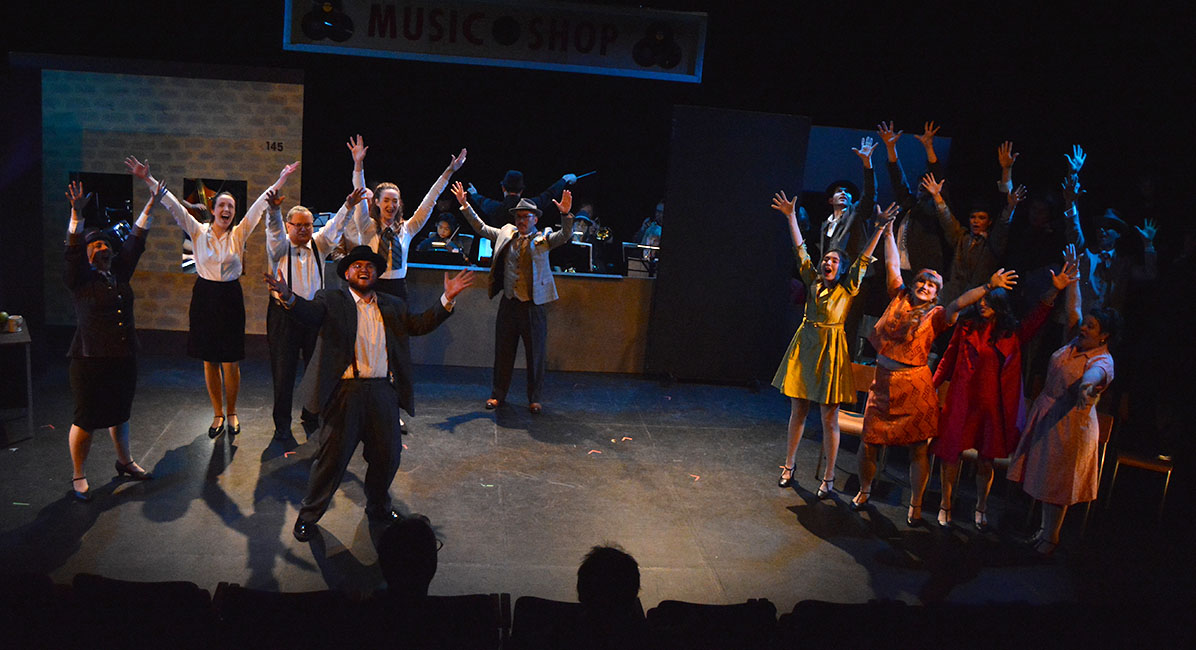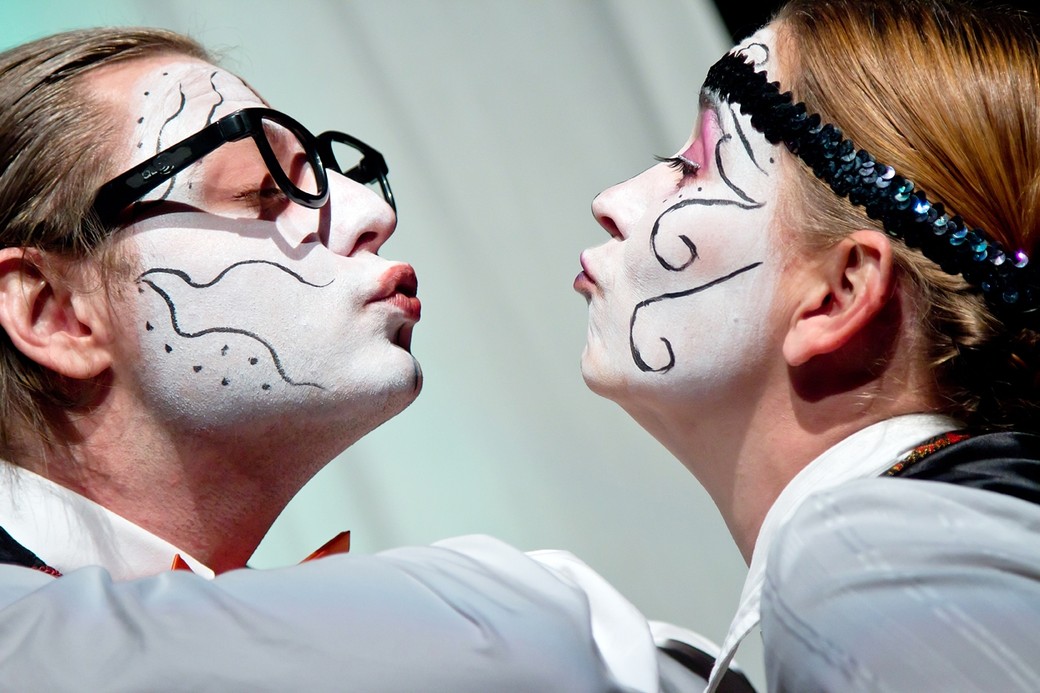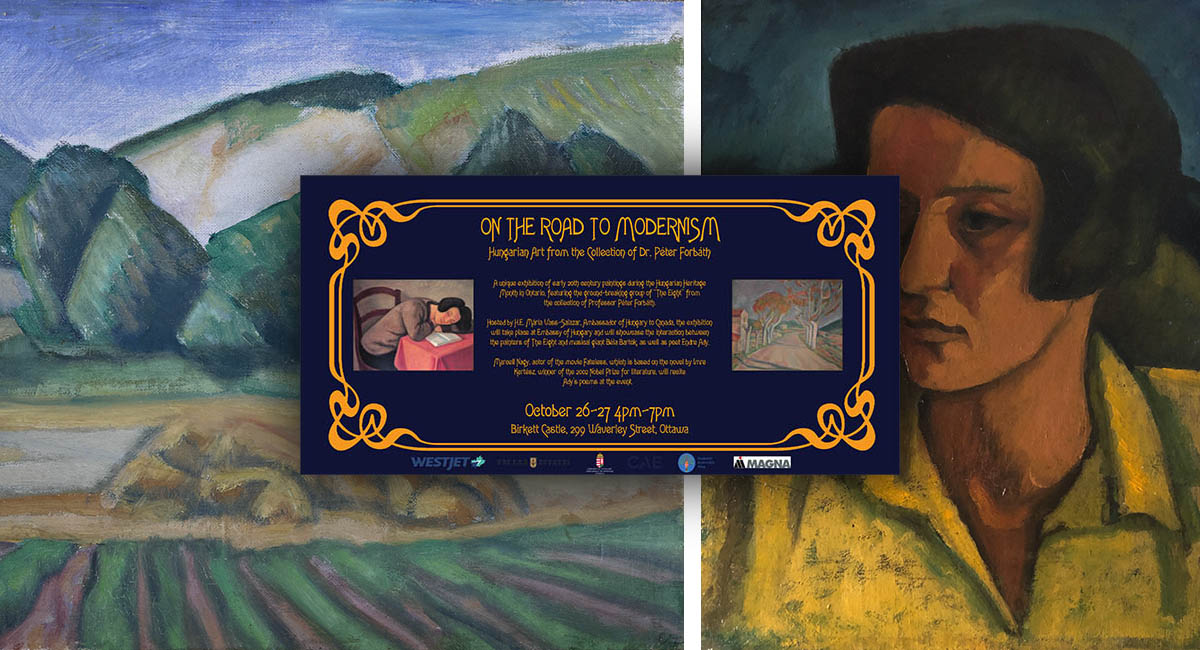
On the Road to Modernism: The Hungarian Embassy Celebrates History Through Art
When: Thursday, October 26 and Friday, October 27, 2023
What time: 4 p.m.-7 p.m.
Where: Embassy of Hungary in Canada, “Birkett Castle,” 299 Waverley Street
Price: Free admission • Click here to reserve your complimentary ticket
On Wednesday, October 25, to commemorate the anniversary of the Hungarian Revolution and Freedom Fight of 1956, Her Excellency Maria Vass-Salazar, Ambassador of Hungary to Canada, is hosting a tribute to Hungarian art from the early 20th century at the Embassy of Hungary in Ottawa.
The invitation-only evening includes the unveiling of works of Dr. Peter Forbáth’s private collection at the Ambassador’s residence on Waverley Street in Ottawa. This unique exhibition is curated by Dr. Olivér Botár.
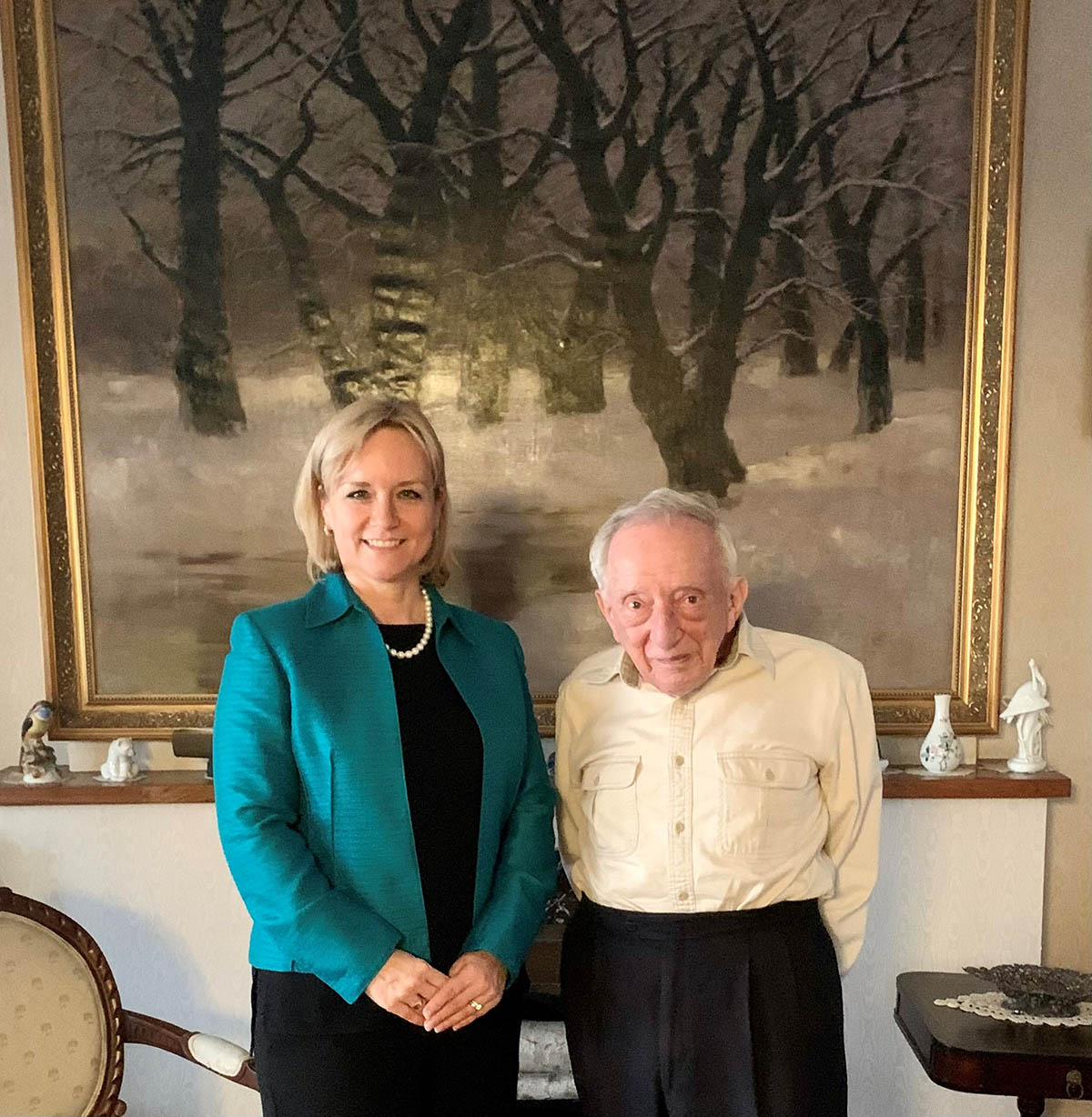
In the aftermath of the Soviet suppression of the revolution, over 200,000 Hungarians fled Hungary, and nearly 40,000 of them settled in Canada. Among them was the young paediatrician Peter Forbáth. Doctor Forbáth grew up in an upper-middle-class family in Hungary, where appreciation of culture and arts was important in his upbringing from a young age. While undergoing his medical studies in Hungary, Dr. Forbáth’s mentor was the renowned cardiologist Dr. Renée Fonó. As an art lover, Dr. Fonó and her husband László began collecting works of art.
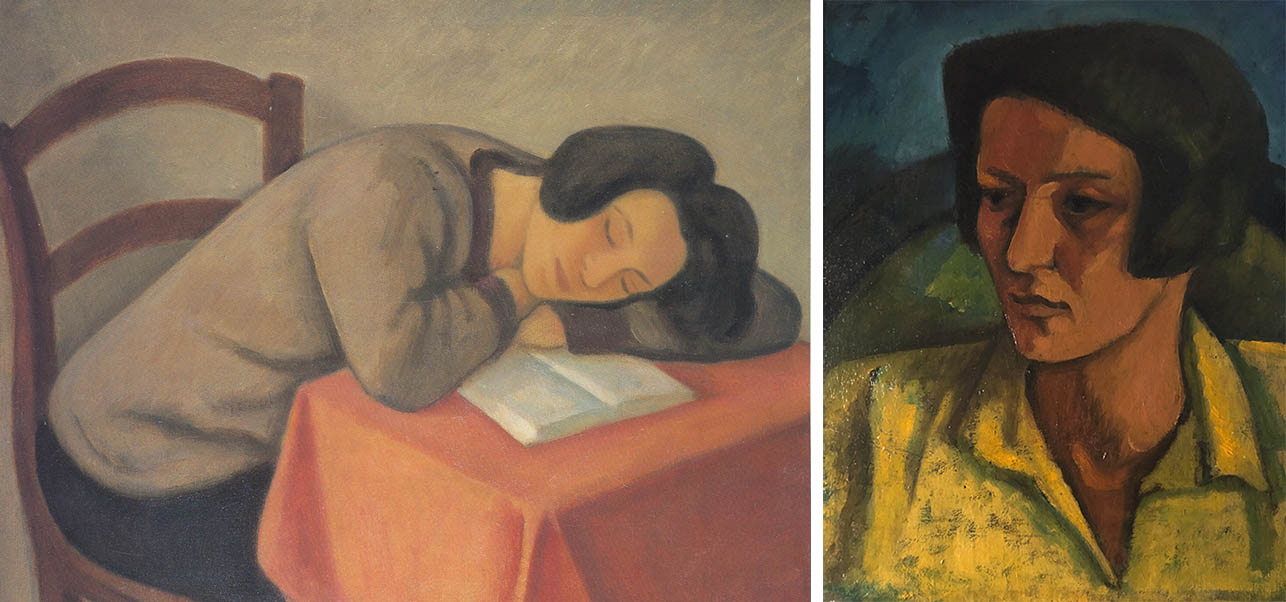
During the late 19th century, Hungarian art underwent significant change and integrated again into the European art scene du jour. Among the painters who helped move Hungarian art into the 20th century was József Rippl-Rónai.
Rippl-Rónai launched an art movement and worked to make this “new” Hungarian art, inspired by French contemporaries, known to the world. He encouraged a new generation of young Hungarians from the Nagybánya Artists’ Colony to embark on this new avenue in Hungary.
Building on the impact of their friendship with the poet Endre Ady, the artists were also close associates of the towering figure of the new European music, pianist and composer Béla Bartók. They stirred up the Hungarian art world with their first exhibition in Budapest at the end of 1909.
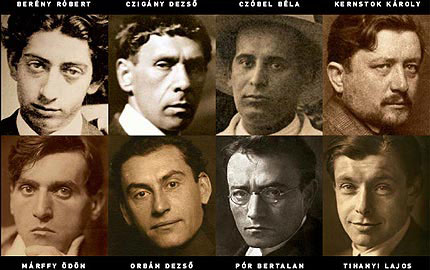
The group became known as “The Eight,” much like the Canadian Group of Seven a decade later. “The Eight” had an effect on the Hungarian art scene equivalent to that of the Canadians and generated a firm foundation for the development of Modernist Hungarian art, introducing new modes of artistic representation.
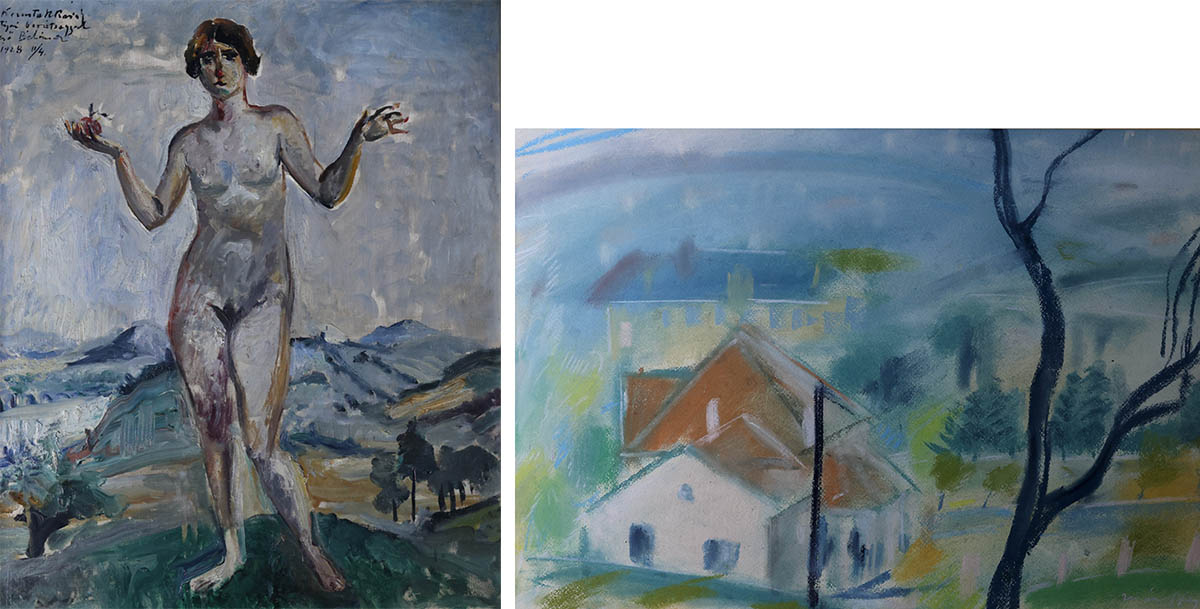
Upon her death in 1975, Dr. Fonó bequeathed her art collection to Dr. Forbáth. After a lifetime of practising medicine in Canada, Dr. Forbáth’s connections to the land of his birth and youth grew deeper. Her Excellency Maria Vass-Salazar was introduced to Dr. Forbáth through a mutual friend, Xaver Varnus, a world-renowned organist now residing in Nova Scotia, who gave a sold-out concert at the Notre Dame Cathedral in Ottawa in 2022 hosted by the Ambassador.
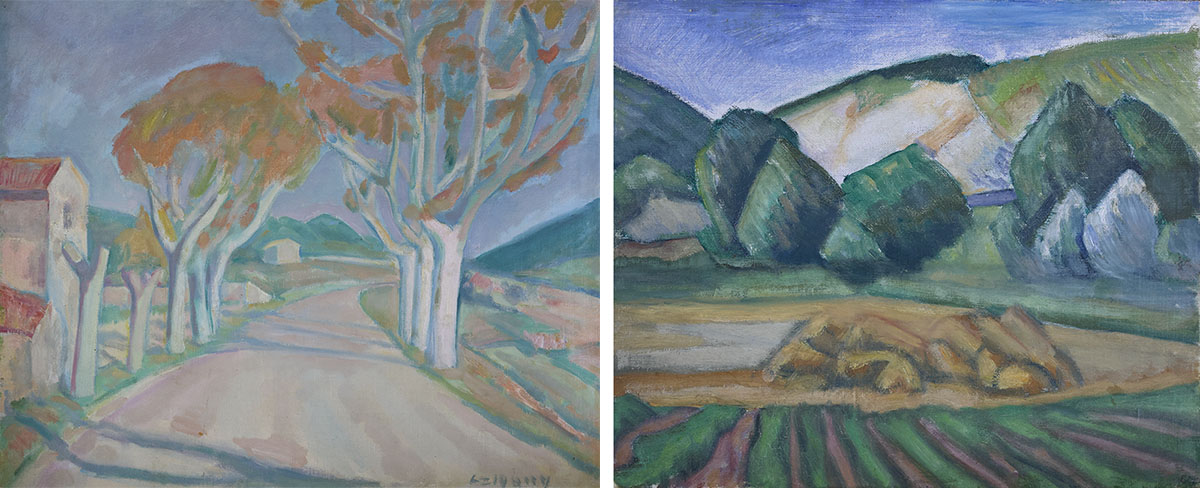
Having seen his extensive collection of works by “The Eight,” H.E. Maria Vass-Salazar and Maestro Varnus suggested that Dr. Forbáth showcase the collection for the Canadian public, a rare opportunity for Ottawa residents to see the historically significant artworks.
On Wednesday, October 25, the exhibition On the Road to Modernism will not only feature the paintings from the private collection of Dr. Forbath, but it will also pay tribute to the music of Béla Bartók, who unveiled two of his most important piano works, Four Dirges and Three Burlesques at the second exhibition of “The Eight,” in 1911.
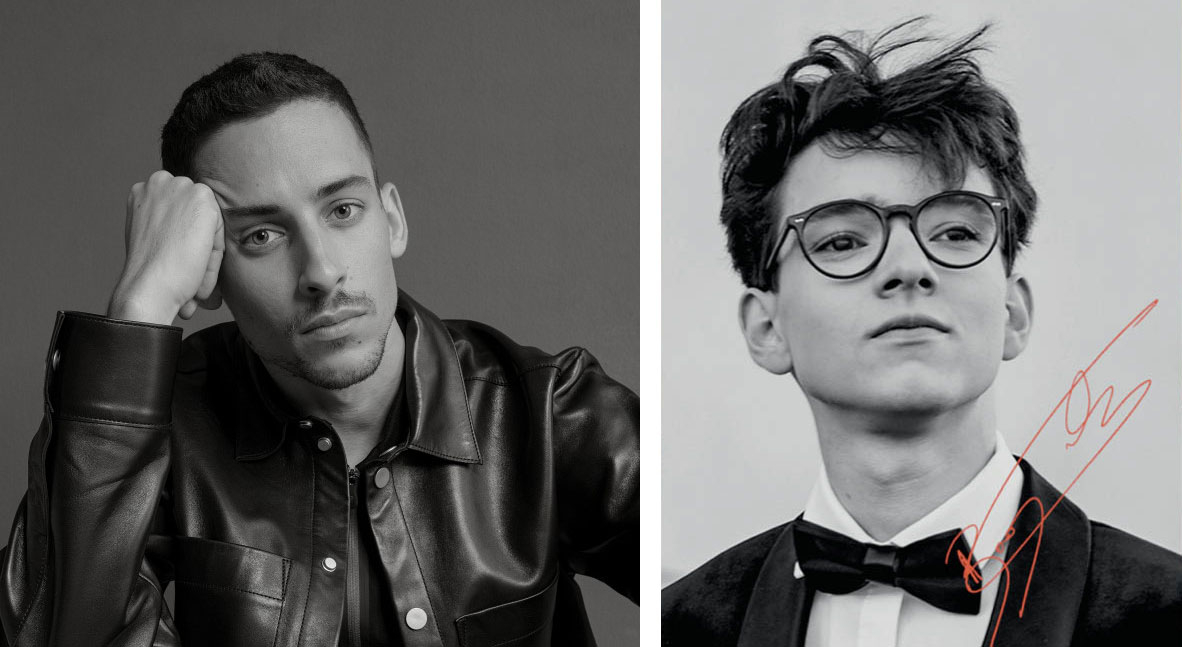
Hungarian piano virtuoso Misi Boros has recorded a video of Béla Bartók’s relevant pieces specially for the event, which the audience can listen to while visiting the exhibition. In addition, Marcell Nagy, the lead actor in the movie Fateless (2005) based on the Nobel Prize-winning book by the Holocaust survivor Imre Kertész, will perform an interpretation of modernist Hungarian poet Endre Ady’s moving works.
On the Road to Modernism is a meaningful exhibition celebrating Hungarian history and culture through art.
After the private event, for two days, the Hungarian Embassy in Canada will graciously open its doors on Thursday, October 26th and Friday, October 27th, so the public can experience the exhibition On the Road to Modernism. Tickets are complimentary, but registration is required at Eventbrite.
Don’t miss this opportunity to view the works of “The Eight” up close while acknowledging an important milestone in the history of Hungarian art.
Use this Eventbrite link to register to view On the Road to Modernism.
For more information on the Embassy of Hungary in Canada, visit https://ottawa.mfa.gov.hu/eng

